Christians are notorious for shooting their own wounded. One evidence of this could be the recent spate of books written by theologians, ex-ministers, or disenfranchised Christians, who take aim at the American Church, its leaders, its beliefs, and its trappings. Statistics seem to bear out a drift away from traditional religion and a growing gap between what we believe and what our religious institutions have become. But to what degree is this barrage of critical buckshot “removing cancer” or “shooting our wounded”?
I, too, have many gripes about the state of contemporary evangelicalism. But who doesn’t? Images of a contrite Ted Haggard and a perpetually sunny Joel Osteen are just bookends to the disturbing collage that is the American church. Still, I’ve been reluctant to join this growing legion of dissenters for several reasons. Despite its charlatans, sex scandals, money grubbers, and milquetoasts, it remains the Body of Christ and there are many, many, fine people within it. No matter how deep the dysfunction, Christians are commanded to “love one another.” Perhaps that’s why the title of Warren Cole Smith’s new book caught my attention — A Lover’s Quarrel with the Evangelical Church.
The objects of Smith’s “quarrel” are not trivial. Nor are they anything new. For decades, American Christians have been warned about the corrosive effects of modernity and materialism, the danger of relying upon marketing models and the therapeutic industry to grow people and churches. Smith rightly connects evangelicalism’s waning growth and cultural impact — and some of its more blatant public sins — to deeper philosophical, theological, compromises. Along the way, the author uses history, methodology and current events to deconstruct “The Evangelical Myth” and its components.
Herein lies the bulk of the book and the meat of Smith’s objections. But chronicling the deficiencies of the evangelical church is like shooting fish in a barrel — it’s just way too easy. To Smith’s credit, his analysis is neither mean-spirited nor superficial; he writes as one who has a genuine stake in the people and the outcome. But after a while I found myself growing tired of the analysis and wanting constructive answers. Which is where the book lacks, in my opinion.
For instance, Smith asks, “Does Scripture dictate a preferred medium for the communication of the gospel?” (pg. 176). It’s a loaded question, especially after the author has spent significant time establishing that “media are not neutral,” (pg. 178), and that radio and television have negatively influenced how we perceive and present the Gospel. He answers, “Words – and not pictures, drama, or any other medium – seem to be the preferred strategy of God, of Jesus, and of Scripture” (Pg. 179). Of course, by entering history when He did, God limited His “preferred strategy” to those of the times. But is that an endorsement of one method and a disavowal of every future medium? Furthermore, Smith must concede that technology assists the spread of his own message — even if that message calls into question the very medium he employs.
Perhaps the most disturbing of Smith’s inferences occur in his identifying modern evangelicalism with the Second Great Awakening, and then casting the latter movement in near heretical terms. As such, in Smith’s estimate, Charles Finney is the precursor to today’s televangelist, wheedling “commitments” from his listeners with melodramatic prowess, and unfurling the “body count” as evidence of God’s blessing. Along the way, oodles of evangelical “icons” are thus incriminated. But really, was Billy Graham that destructive to the fabric of American Christianity? There’s no question that Arminianism and premillennialism have shaped certain aspects of evangelical methodology. But is Reformed theology really the antidote? In this, I found Smith’s “quarrel” a bit more like a “quibble.”
Perhaps Smith’s lack of concrete solutions is indicative of the nature of the problem. Evangelicalism’s issues are vastly more complex than a single solution will provide. Yes, the Church should contemplate the downside of electronic media. But by not using the mediums of the day, Christians risk isolating themselves from the culture they are commissioned to reach. We are right to question the real impact of mega-churches. But is adopting a numeric cap upon the local church the real answer? Are hymns and liturgies imperative to the health of a church, and are overhead projectors really that big a deal?
It’s hard to argue with the thesis of A Lover’s Quarrel with the Evangelical Church, and in that I would recommend it. No objective observer could rightly give American evangelicalism a clean bill of health. Warren Cole Smith does a good job cataloging the symptoms and exploring their root causes, asking provocative questions in the right spirit. My quarrel is not with the author’s diagnosis, as much as his treatment.


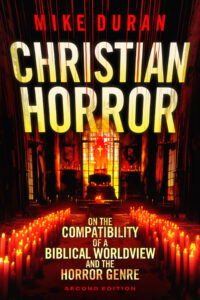
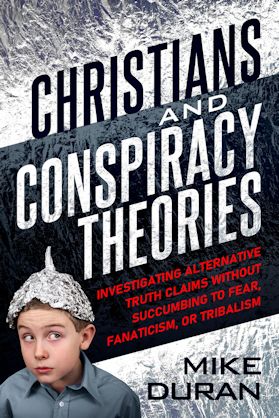
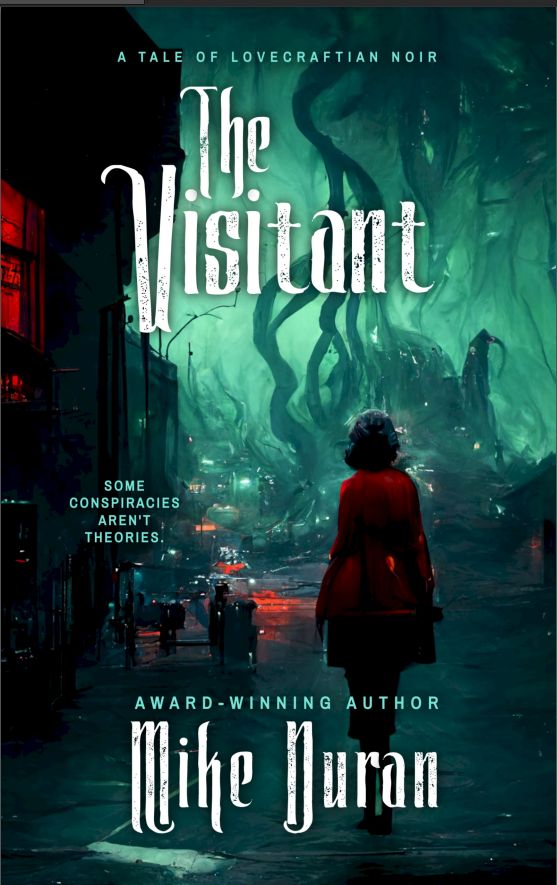

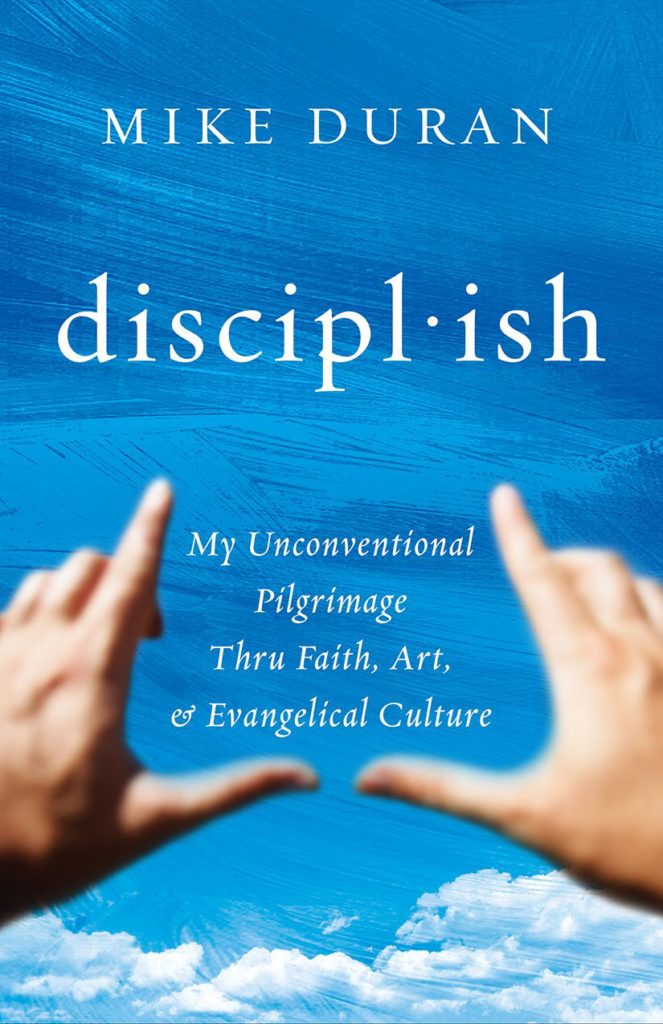
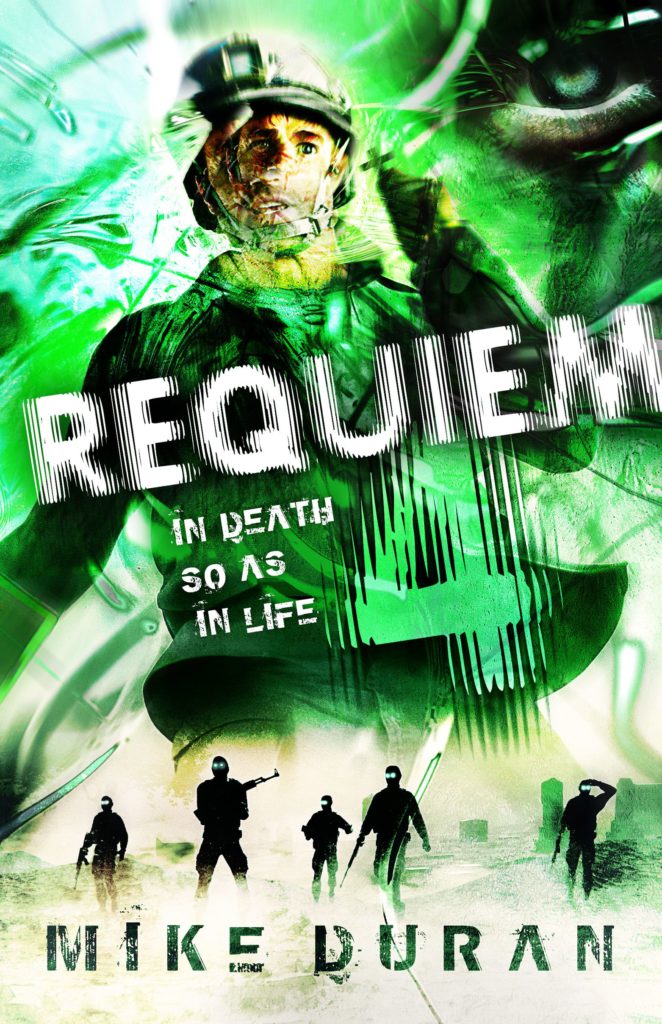


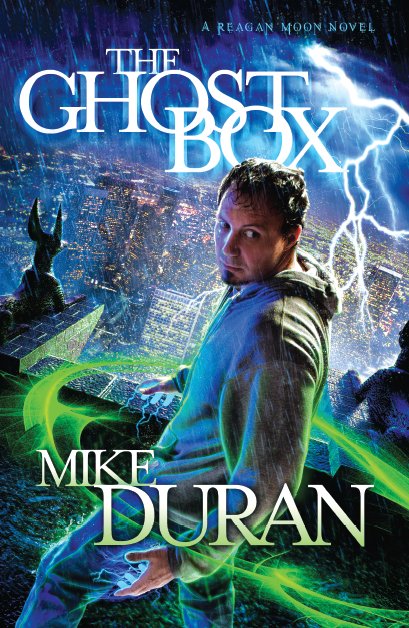

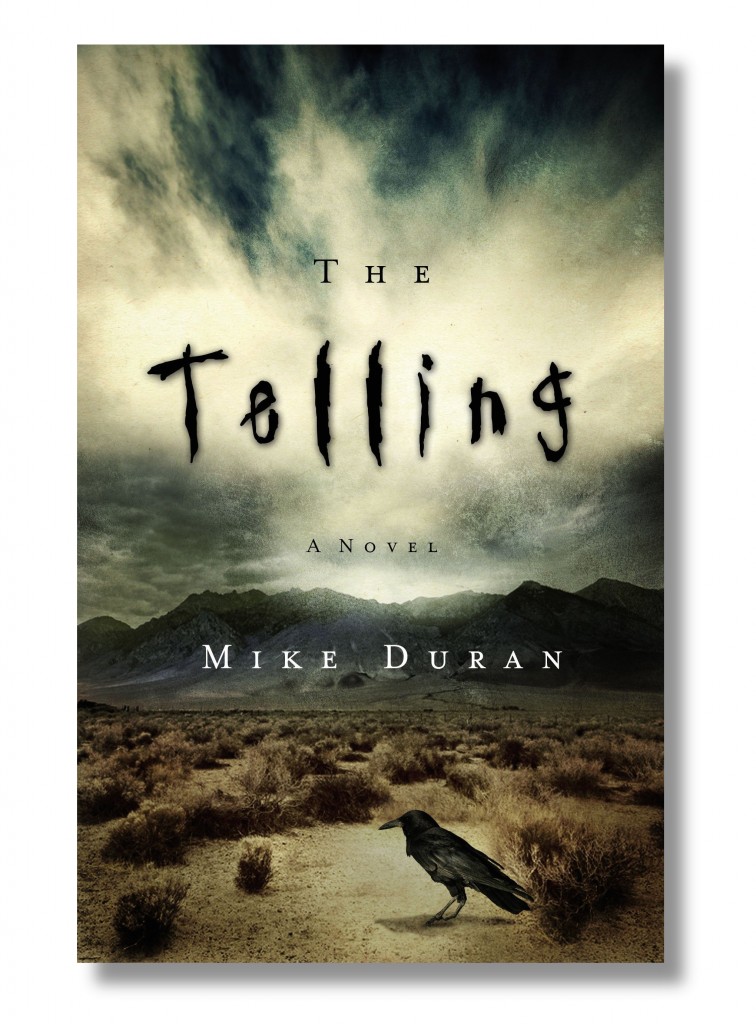
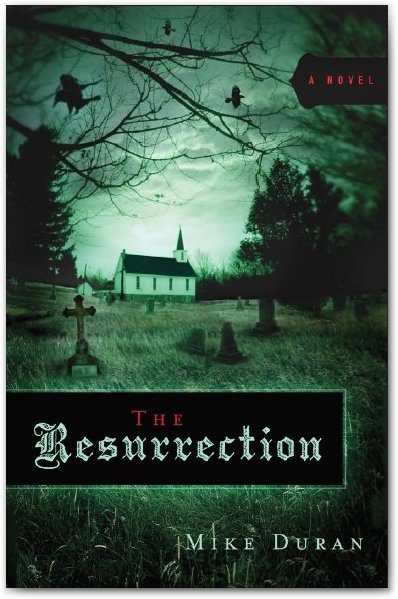
Reggie McNeal, in THE PRESENT FUTURE does some of the same — though he advocates changing things from within and his prescription is one you might not have trouble with. It's well-worth the time to read it, published by Jossey-Bass, a secular publishing company, and short, sweet and to the point. Tangential to your post, McNeal and others talk about our responsibility to the "outside world", ie, the world outside of church. Our call has always been to "go therefore and make disciples of all nations". Problems within the evangelical church come, McNeal implies, from spending too much time worrying about what WE want in our churches and God's call on us to serve. I include the move to create "Christian Speculative Fiction" in this. No disrespect to those who publish in this genre, but I wonder sometimes if we should be storming the walls of Hell rather than building a haven of literary safety. Try McNeal's book — my blog essay:
http://faithandsciencefiction.blogspot.com/2009/0…